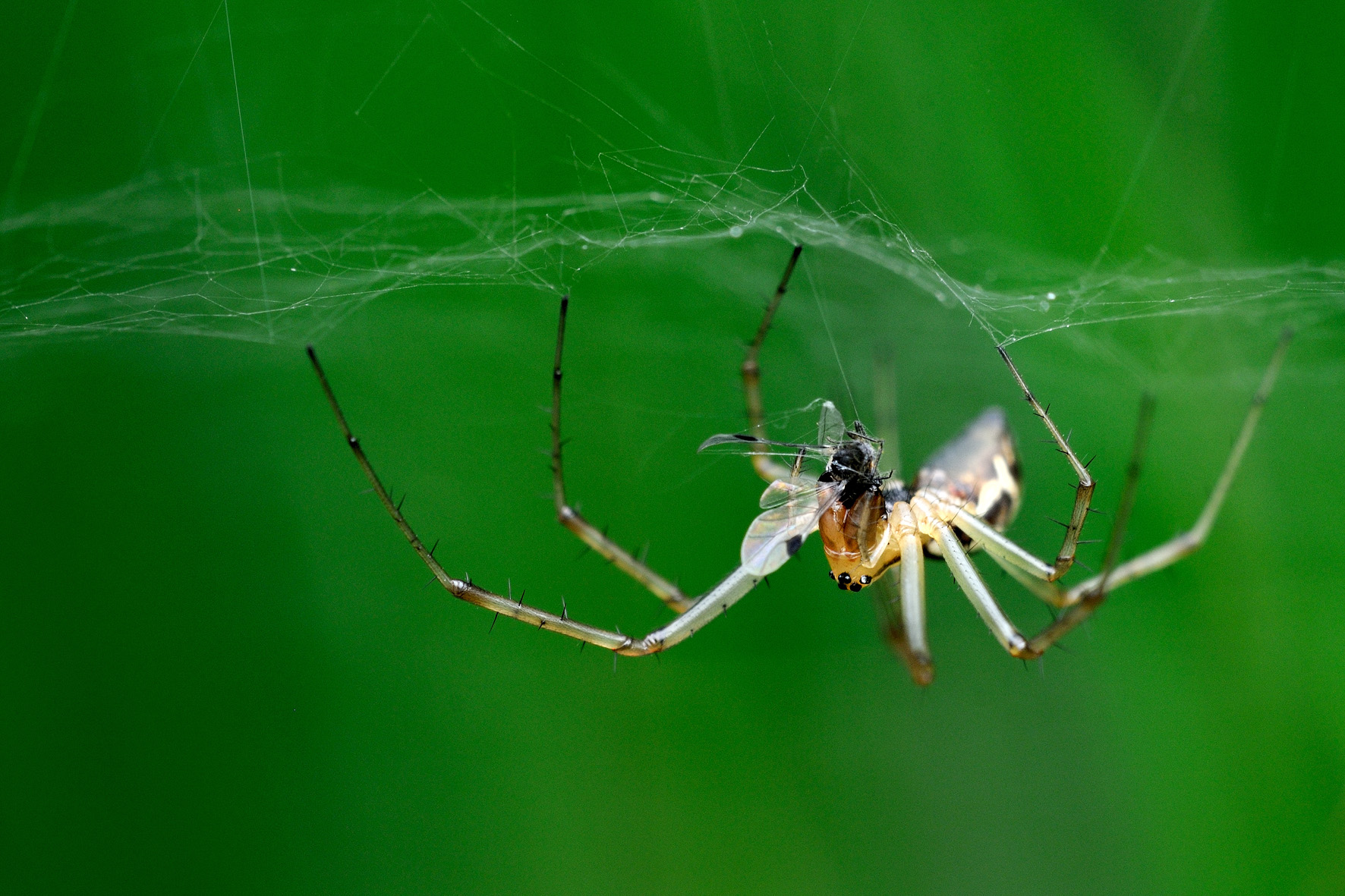You may have noticed that as summer comes to a close, more spiders than usual find their way into our homes. There's a natural explanation for this apparent invasion: arachnid mating season.
This seasonal surge in spider activity is driven by male spiders. After spending the summer months in relative obscurity, once they reach maturity they emerge from their hideouts, ready to embark on a quest for love.
Male spiders often travel across considerable distances in search of a suitable mate. To win over their potential partners, some species even engage in elaborate courtship rituals, from dances and songs to presenting captured prey as gifts. Once a successful mating occurs, the female can lay hundreds of eggs.
September babies
Why do spiders choose September to make their presence known in Belgium? It is because the average weather conditions are favourable for their activities, and thus their life cycle has aligned with this time frame.
Breeding in autumn allows spiders ample time to lay their eggs and protect them until they hatch, which usually happens the following spring. This strategy increases the chances of the young spiders' survival, as they are born into a world with more abundant prey and favourable conditions.
While this spider influx may be a nightmare for arachnophobes, it is an invaluable aid in preserving biodiversity. Spiders play a crucial role in maintaining the ecological balance in Belgium. They primarily feed on insect pests, which helps to control populations of mosquitoes, flies and other unwanted insects in our homes.
So think of it this way: more spiders means less bugs!

